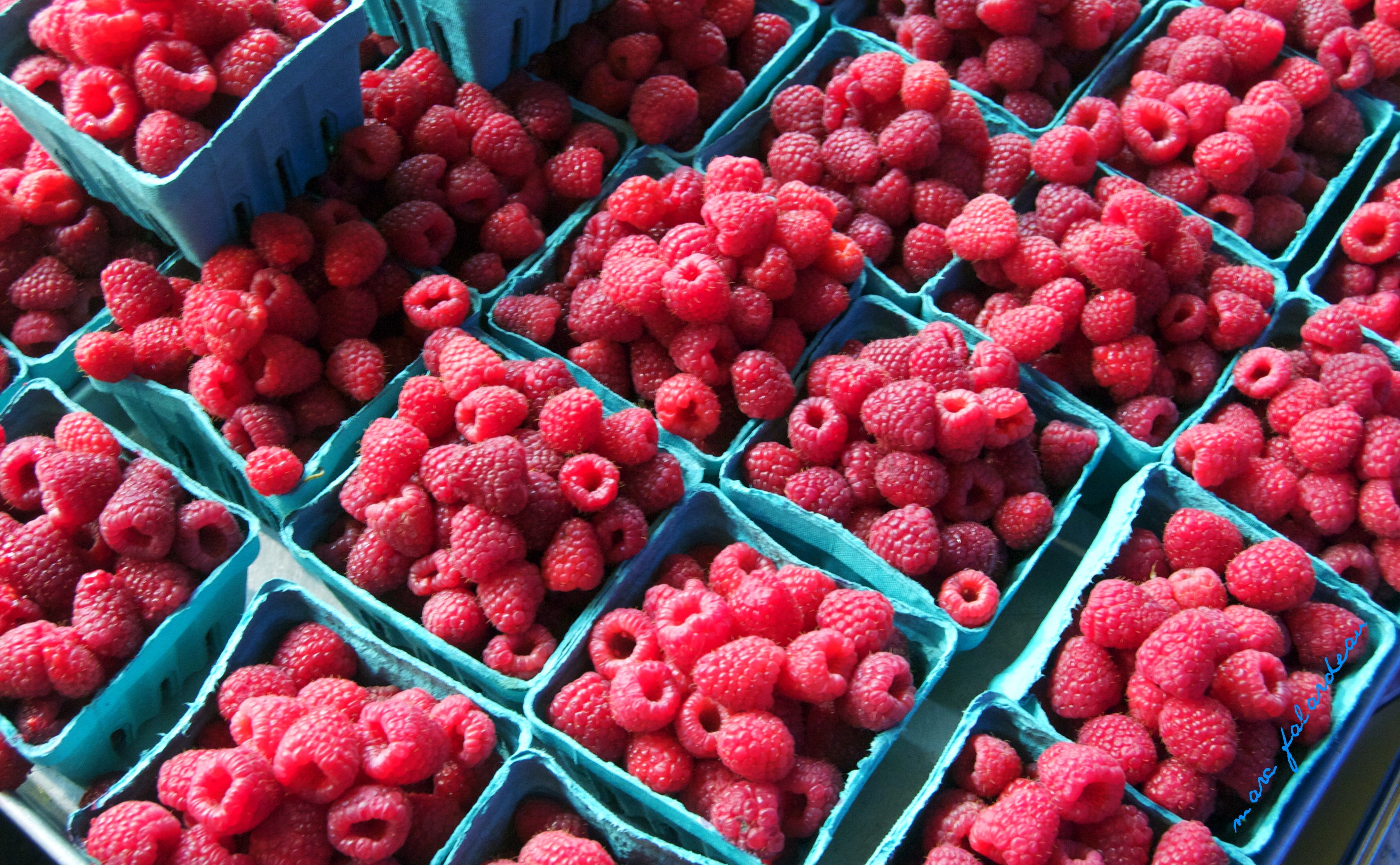 For all you serious cyclists out there, perfect nutrition can be a hard thing to nail down. Let’s talk about some great fuel foods. Bicycling.com has published a list of foods to eat when you want to ride like a Tour de France racer. Here are just some of the highlights and best suggestions:
For all you serious cyclists out there, perfect nutrition can be a hard thing to nail down. Let’s talk about some great fuel foods. Bicycling.com has published a list of foods to eat when you want to ride like a Tour de France racer. Here are just some of the highlights and best suggestions:
1. CARBS!
Carbs are so important because the glycogen they turn into is what fuels your body! Sports dietitian Molly Kimball, R.D. recommends 3-5 grams of carbs per day for each pound you weigh. (=600 grams for 150 lb. cyclist). Kimball suggests “fruit, yogurt, apples, even chocolate milk are great sources.” An article from Active.com gives us the 5 best carbs for athletes:
- Sweet Potatoes: Packed with antioxidants and vitamin A. Also have tons of potassium which helps soothe sore muscles and maintain fluid levels in the body.
- Oats: Heart-healthy in low-fat, and high in magnesium.
- Wild Rice: A much better deal than even brown rice as far as protein and fiber, and less calories!
- Bananas: Bananas are very cool fruits. You all know what a great source of potassium bananas are, but did you know they have tons of vitamin C too? Also probiotics to help maintain healthy bacteria and absorb nutrients.
- Chickpeas: you always knew hummus was wonderful, you just didn’t know HOW wonderful! In only 1/2 cup of chickpeas, there are 22g of carbs, an incredible 6g of fiber and 7g of protein!
2. Black or Green Tea.
You might not have guessed it, but according to a study at Rutgers University, a 9-day supplement of black tea can decrease muscle soreness. Professor Shawn Aren’t, PhD claims “The black-tea extract reduces the oxidative stress of the exercises and speeds recovery between intervals.” They suggest trying “four bags of decaffeinated tea to 32 ounces of cold water” and drink it like you would water, during and after cycling intervals.
3. Soybeans and Tofu.
Soy and whey proteins build lean muscle mass, and also prevents inflammation of the muscles due to exercise. The amino acids in soybeans prevent muscles from tiring in long rides, and the antioxidants help relieve post ride aches and pains. Sports nutritionist Barbara Lewin, R.D. says that chocolate soy milk is an excellent recovery drink.
4. Salmon and Tuna.
The Omega-3 fatty acids in salmon and tuna are much more than a great energy source. They help increase blood flow, and help get rid of inflammatory cells which cause pain and swelling. The recommended dose from UCLA clinical professor Jay Udani, MD, is two to three servings a week!
5. Cherries and Berries.
Those dark, rich colors are packed with antioxidants. Declan Connolly, PhD says, “Antioxidants and anti-inflammatory molecules in tart cherries suppress and treat the micro-tears in muscles” Throw in some frozen blackberries, raspberries, or strawberries to your smoothies, yogurt or cereal.
6. Cucumbers.
An often over-looked/underrated vegetable, cucumbers sometimes get tossed to the side as eye-coverings for mud-masks. While they are great for tired eyes, they are also a good source of caffeic acid, silica, and vitamin c. These help skin irritation, and provides an essential building block for connective tissue (ie muscles tendons, ligaments and bone). Aren’t you glad you know now that your snappy summer salad snack is actually this awesome!
7. Look out for Vitamin B12, Iron, and Folic Acid.
University of Utah dietician Nanna Meyer, R.D. suggested the importance of these nutrients. Specializing with cyclists from the recreational to the elite level, Meyer says that cyclists need to enhance endurance, and iron, Vitamin B12, and folic acid help form red blood cells, which does just that. She also suggests getting all three in a vegetable-beef stir-fry; low in fat, and few nutrients are lost because it cooks so quickly.
8. “Taste the Rainbow.”
Your mother always told you to put some more color on your plate, and she was right. Spokesperson for the American Dietetic Association, Amy Jamieson-Petonic, R.D., says, “The more colors in a meal, the more nutritious it is.” Let’s take a look at the possibilities for a rainbow, shall we?
- RED: tomatoes, pink grapefruit and watermelon. They all contain lycopene, which could help protect your skin against UV rays.
- ORANGE and YELLOW: Carrots, sweet potatoes and yellow peppers, are pumped with caratenoids (why they’re so colorful!) which help boost the immune system.
- GREEN: Broccoli and spinach are two of the world’s most nutritious foods. Your mother was right.
- BLUE and VIOLET: berries, and red cabbage get their dark, rich color from anthocyanidins, which are anti-inflammatory compounds that help circulation. Plus they’re rich in antioxidants!
9. “Eat Often, Refuel Quickly.”
You should keep your blood sugar from dipping to prevent your body from taping into energy stores. This is especially important in the week leading up to an event. A good way to keep your blood sugar up is to you eat every three hours, and refuel within 20 minutes of exercise. “Plus cells are most receptive to to recovering glycogen and muscle immediately after activity” says bicycling.com. They suggest a 4:1 carb-to-protein ratio. A cup of low-fat yogurt=ideal snack!
Good luck as you pedal forward in your cycling career. Don’t forget that good fuel can get you further, faster!
Image courtesy of Marc Falardeau
